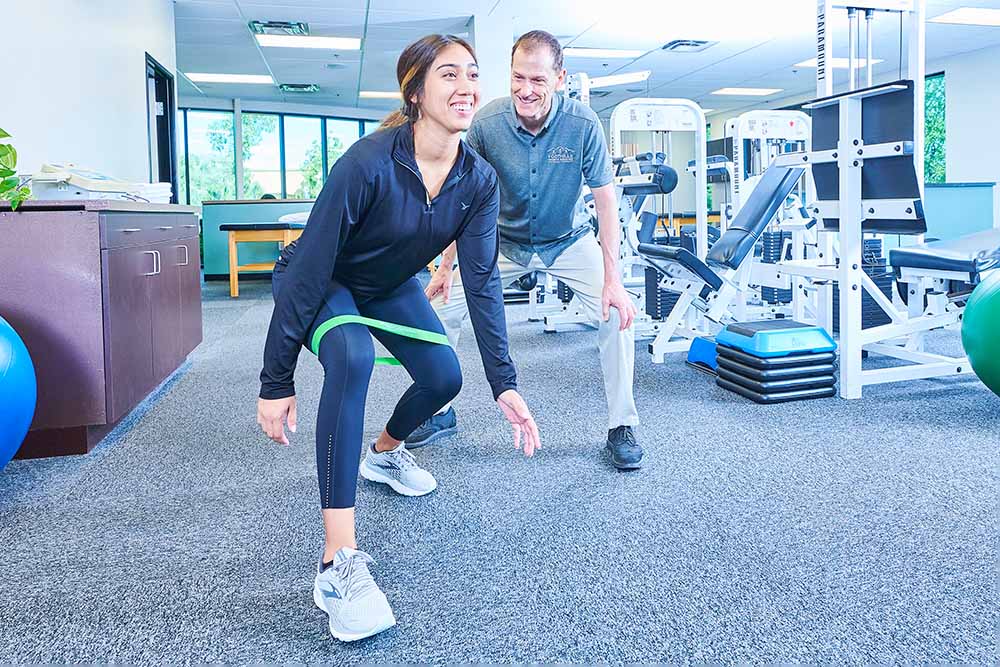Investigating the Diverse Methods of Physical Rehabilitation for Enhanced Healing and Restoration
Investigating the Diverse Methods of Physical Rehabilitation for Enhanced Healing and Restoration
Blog Article
Physical rehabilitation is an important field that assists individuals recover from injuries, surgeries, and multiple health issues. It involves a variety of methods designed to improve movement, reduce pain, and enhance overall bodily capability. Physiotherapy practitioners are qualified experts who assess each patient’s requirements and develop customized care plans. These plans often consist of exercises, manual treatment, and education about physical movements. By employing these varied techniques, physical can substantially enhance a patient’s standard of life.
One common method used in physiotherapy is therapeutic exercise. This involves specific movements and exercises that help build muscles, enhance flexibility, and boost endurance. For example, a client rehabilitating from knee operation may perform workouts that focus on rebuilding power in the lower limb muscles. These exercises are carefully selected based on the patient’s status and objectives. By incrementally boosting the intensity and complexity of the exercises, physical practitioners can help patients regain their strength and mobility over a period.
Another important method is hands-on therapy, which comprises physical methods to adjust the human body soft muscles and joints. This can involve flexibility exercises, mobilization, and manipulation. Manual therapy seeks to relieve discomfort, reduce swelling, and improve circulation. For example, a therapist may apply gentle pressure to relieve tension in stiff muscles or to help a joint move more smoothly. This technique is often integrated with other treatments to enhance rehabilitation and encourage healing. Patients often consider hands-on therapy to be a relaxing and beneficial way to control their discomfort.
In furthermore to workouts and manual therapy, education plays a vital part in physiotherapy. Practitioners teach patients about their conditions and how to handle them effectively. This may entail guidance on correct posture, physical mechanics, and strategies to prevent subsequent injuries. For instance, a therapist might demonstrate a client how to raise weighty objects properly to avoid straining their spine. By enabling clients with knowledge, physiotherapy therapists assist them take an engaged role in their rehabilitation and moved here encourage sustained health and well-being.
Ultimately, technology is progressively being integrated into physiotherapy practices. Tools such as sonography, electrical impulses, and immersive environments can improve traditional therapy methods. These tools can help reduce discomfort, promote recovery, and provide interactive methods for clients to engage in their rehabilitation. For instance, immersive reality can generate immersive settings for patients to rehearse movements in a controlled and secure environment. As technology continues to develop, it offers exciting opportunities for improving rehabilitation outcomes in physical.
In summary, physiotherapy encompasses a range of methods that function together to assist rehabilitation and rehabilitation. Through rehabilitative exercises, hands-on therapy, client education, and the use of technological tools, physiotherapy therapists provide holistic care tailored to each patient’s requirements. This holistic method not only assists patients regain their bodily abilities but also empowers them to sustain their well-being in the long future. As an increasing number of people acknowledge the benefits of physical, it remains to serve a vital role in the pathway toward improved health and fitness.